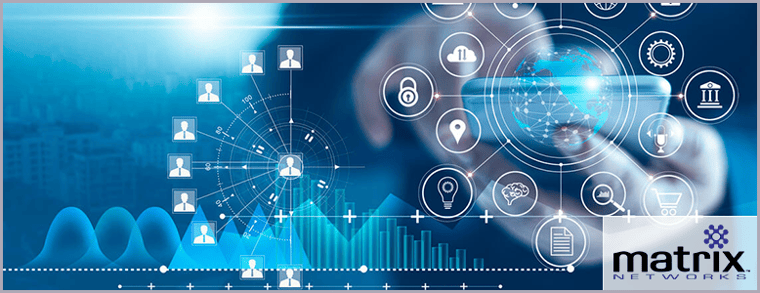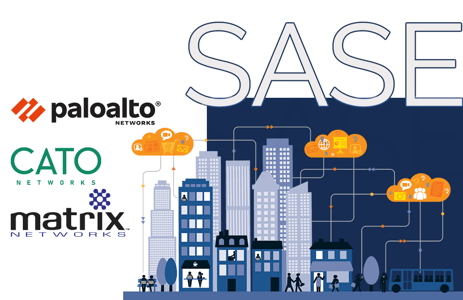
We humans have a tendency to make decisions based on what we’re most comfortable with. Because I rarely go out to restaurants, whenever I do, I choose only those dishes that I know are good. I don’t want to be dissatisfied on a rare trip to one of my favorite restaurants. I also know the best route home from that restaurant, and I likely won’t take a different path – unless, of course, there is an accident.
These are examples of familiarity bias, which in many cases serves us well. We use what we know because we know we like it, or it’s easy or convenient for us. There is, however, an inherent danger to this over-reliance: we miss better opportunities staring us in the face. This is a psychological phenomenon that can prevent us from making the best choices because we place too much faith in what we know, and that familiarity does not always mean that we’re getting the best quality product or service.
The familiar days of the early internet are over. We can no longer rely on firewalls to protect our businesses and workers from malicious agents trying to hack our networks. Business used to be done in a building with a server and a firewall. The software applications we used were housed internally or nearby, and our internal networks could be protected on site. Today, this is simply not true. With so many remote workers and services online, our businesses are more vulnerable than ever, and the security tools we use must adapt to the threats of the world we live in. Using antiquated tools to solve contemporary problems is a recipe for failure.
Yet, this is exactly what many organizations are attempting. Imagine using an hourglass to time the 100-meter dash, or listening to your favorite music on a telegraph, or sending a message by Morse code. Any sensible person would wonder what the hell you’re doing when better tools are readily available. They would think you a luddite.
Most resistance to adopting new technologies, however, often results from a lack of knowledge about the product – their existence, availability, functionality, and interface. Business leaders are risk-averse when it comes to infrastructure because – as the saying goes – if it ain’t broke, don’t fix it. But as the recent Solar Winds hack and fallout can attest, we can’t simply wait until our defenses are broken to take action. Preventing attacks is the name of the game. Providing secure, easy access to all our users is essential.
SASE is undeniably today’s security solution, but many IT professionals wonder why businesses are hesitant to adopt it for their infrastructure. Instead, they purchase a mixed range of products, all of which they must manage with little to no expertise. The result is a hodge-podge of features with security gaps as porous as a sieve. With SASE, you can gain the upper hand on those who would try to disrupt our businesses and steal vital data by securing each phase of a user’s experience.
With the right SASE solution for your business, you can enjoy several useful benefits. First, there is a globally distributed network of POPs (points of presence), connecting your users more efficiently to their SAAS applications. SASE is identity-driven, knowing which users need access to which resources in the cloud, and it supports all edges as they can be fully integrated within your customized cloud infrastructure. Also, there is a centralized administration of all specifications across your business.
Finally, the single pass function of SASE allows users access to several applications with minimal security hurdles to jump through, which improves the user experience across your platform.
In many ways, our experience with and our preference for what we know serves us well. I know the carne asada tacos at Roberto’s are a five-star favorite. My familiarity with those tacos has served me very well. But relying only on what is familiar in our business decisions results in complacency and stagnation, both of which are the enemies of a robust security system. Adopting SASE sooner rather than later will invariably achieve more efficiency, more security, and a better user experience. The only question that remains is why anyone would delay.
8 Pillars of SASE - Explained by Matrix Networks CTO, Jeremy Ness:
Author: Matrix Networks



.svg%20(1).png?width=55&name=1200px-Logo_of_YouTube_(2015-2017).svg%20(1).png)

